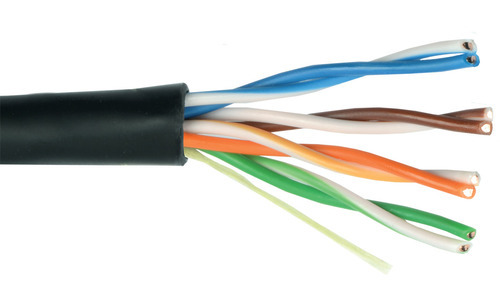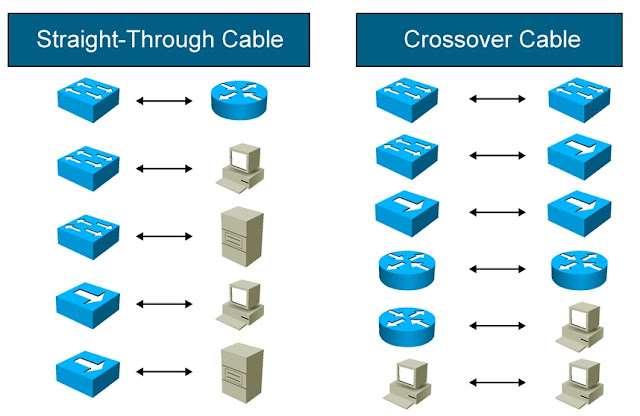WHAT ARE THE TYPES OF CABLES?
CABLE
it is a medium that connects a computer to a network
TYPES OF CABLE
1. Twisted-pair cable
Twisted-pair cable is a pair of insulated wires that are literally twisted together to help reduce noise from outside sources. While this does help some, these cables are still very susceptible to outside noise. Twisted pair cables are the most cost-effective option of the three but that also brings about lower bandwidth and high attenuation. There are two types of twisted pair cables:
a. Unshielded twisted pair (UTP)
UTP is the most common type of twisted-pair cable and it is less expensive and easier to work with than Shielded twisted pair (STP).
- ‘Unshielded’
meaning it does not rely on physical shielding to block interference.
- Most
commonly used cable of the two, often utilized for both residential and
business use.
COMMON USES OF UTP:
- Home based internet (LAN)
- Schools
- Computer shop
b. Shielded twisted pair (UTP)
Often used in “noisy” environments where
a shield of metallic foil is wrapped around each of the wire pairs, with an
additional overall shielding to protect against excessive electromagnetic
interference.
- ‘Shielded’
with a foil jacket to cancel any external interference
- Commonly
used for large-scale enterprises for high-end applications as well as exterior
cabling that may be exposed to environmental elements.
COMMON USES OF STP:
- Factory with large electronic equipment
- Airports
- Medical Centers
2. Coaxial Cable
Coaxial Cable consists of a plastic insulator that separates the solid copper inner conductor and the woven, copper braid outer conductor.
- Coaxial cables are high-frequency transmission
cables made up of a single solid-copper core.
- Data is transferred electrically
over the inner conductor and has 80X more transmission capacity than
twisted pair cables.
COMMON USES OF COAXIAL CABLE:
- Cable television and cable internet
- Radio transmission
- Video Distribution
3. Fiber Optic Cable
Fiber Optic Cable has a reflective coating that allows light
beams to travel without outer interference.
- Fiber is the newest form of transmission
cable technology.
- Each optical fiber is individually coated with
plastic layers and contained in a protective tube, making it extremely
resistant to external interference.
COMMON USES OF COAXIAL CABLE:
- Telephone
- Mechanical Inspections
- Automotive Industry
Reference:
https://ph.rs-online.com/web/generalDisplay.html?id=ideas-and-advice/coaxial-cable-guide






Comments
Post a Comment